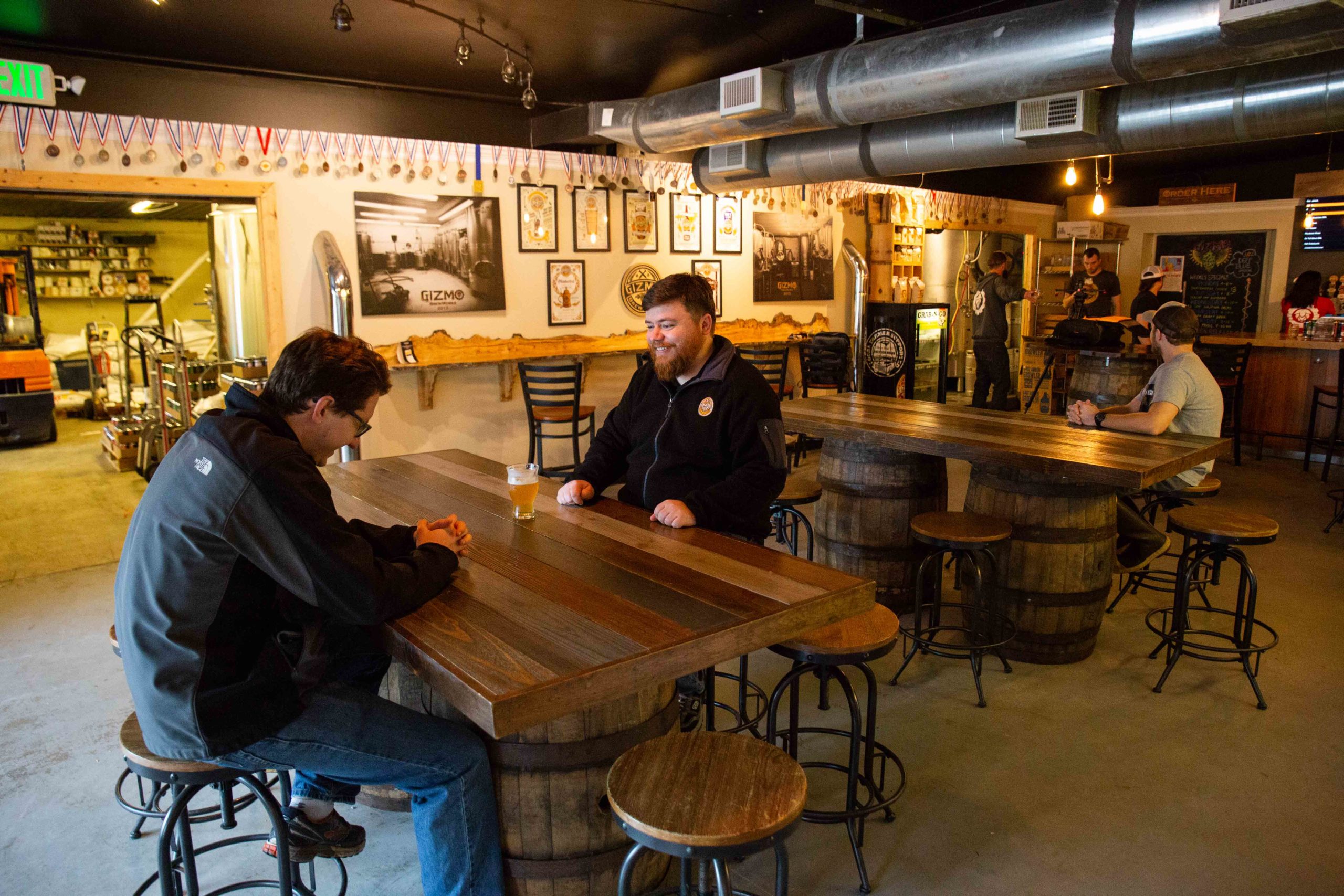Starting your own business is an exciting adventure that, at times, can be a total mess.
People who look to open a brewery often come into it simply because they want to craft new recipes and share them with their communities. Then, these entrepreneurs are hit hard by the challenges that come with starting and running a business. The process of finding an organizational structure that works, hiring employees, training staff, and releasing employees who aren’t up to task is hard and stressful. But experience is a wonderful teacher.
We sat down recently with Ekos CEO Josh McKinney and TrimTab Brewing COO Craig Melton for an in-depth conversation focused on leadership in the craft beverage industry.
In the discussion, McKinney and Melton focused on ways a company can navigate continued growth despite the many obstacles small businesses face. McKinney acknowledged that this process is often learned through trial and error.
“We are not experts; we have just learned a lot,” McKinney says. “We’ve made a lot of mistakes so, hopefully, you won’t have to.”
Below are some highlights from that conversation.
Challenges & Opportunities
Small businesses often begin with a lack of organization, lots of work, and limited resources.
Anyone who has started their own brewery, cidery, or other beverage business has felt these pains. The types of people who start companies are visionaries: They have a dream, and they’re following it, Melton said.
At some point, as the dream becomes reality, they realize that now people’s livelihoods are in their hands. It can be a real eye-opener, especially in a startup that is understaffed and overwhelmed.
“There’s a lot more to it than creating good recipes, finding distribution partners, and opening a taproom,” Melton said. “A lot of unsexy stuff goes on in making a business function. That is where the processes, the structure, the organization all comes into place. ”
One way to keep organized is to hold regular meetings with the whole staff, Melton said. Discuss everything from the actual brew to how the taproom promotes itself on social media. Communication is key.
Also, look at your challenges as a way to explore opportunities and relate that culture to your staff. Encourage your teams to go out of their way to make an impact, no matter what their role or level is, Melton said. Everyone should show leadership, not just the executive team.
Mistakes will happen in the growth process, but the goal is to learn from them and avoid repeating them. There are many positives and negatives to running a small business, but structure helps turn cons into pros, McKinney said.
The Hiring Process
Your business is more important than subpar staff. That may sound harsh, but it’s true.
“There comes a point in either a manager’s or business owner’s life where, hopefully, you make the decision to realize the business is more important than the individuals,” McKinney said. “It’s not easy and it’s not fun [to let people go], but if you’re really dedicated to the business and what you need to do, it’s worth the pain of going through that.”
Hiring the right people and training them well is vital to your company’s health. Entry-level positions have some room for training, but when it comes to more technical jobs and leadership roles, new hires need to know their stuff, Melton said.
It may be hard to know whether someone will be a good fit, so regular check-ins and planning are key. One way to stay on top of this is to have 30-, 60- and 90-day goals for your new hires, McKinney said. Check in with your new hires at those times to discuss whether they are meeting those expectations. This will not only keep them motivated and informed of their duties but also make it less surprising for them if they need to be let go. No one wants to have to fire someone, but for the good of the company and the other employees who are a good fit, sometimes it has to be done.
Retaining Employees
Keeping good employees is just as important as releasing those who don’t make the cut.
In a small business, not everyone may be able to make a significant amount of money, but there are other ways to keep employees motivated.
Get to know your staff and find out what they are passionate about, McKinney said. For example, if you have an employee who is also an amateur photographer, offer them some time working with your marketing or social media team taking pictures of products or the taproom. If you have someone who is passionate about music, allow them to have a say in your live performance lineups.
“There are lots of ways that you can reward employees beyond, ‘here’s a promotion,’ or ‘here’s a change in your salary,’” Melton said.
It’s also important to hold regular employee evaluations to learn more about your team and to keep them informed of what is expected of them, McKinney said. Prepare your employees to be able to take on the next job in your company if the time comes. Turnover is a part of business, but good workers will stick around if they feel like their employer is invested in them.
Setting Goals
Having a system in place to set goals is a key to a brewery’s success.
For example, Ekos uses the Objective and Key Results Framework (OKR) and TrimTab uses the Entrepreneurial Operating System (EOS). These systems help manage quarterly to yearly objectives and involve weekly check-ins to track key results.
The purpose is to help the whole company see what your objectives are and the progress you’re making to reach them. This process helps everyone understand the big picture and helps even entry-level staff think like owners, McKinney said. A goal-setting program unites everyone around a common vision and makes individual responsibilities crystal clear.
At the end of the day, you can find inspiration from anywhere. Find leaders you respect and take their lessons learned back to your own business. Then share those ideas with the entire staff and watch the results take shape.



